The Sobering Truth: How Every Drink Adds to Your Cancer Risk Over Time
For decades, the conversation around alcohol and health has been clouded by mixed messages. We've heard about the potential benefits of red wine for heart health, while simultaneously being warned about the dangers of excessive drinking. But emerging research reveals a much clearer, and more alarming picture: the cancer risks associated with alcohol consumption are cumulative. Like radiation exposure or cigarette smoking, the damage builds over time—the longer you drink, the greater your risk.
The science behind this cumulative effect lies in how our bodies process alcohol. When we consume alcoholic beverages, our liver metabolizes ethanol into acetaldehyde—a known carcinogen that damages DNA and prevents cells from repairing this damage. This compound interferes with cells' ability to reproduce correctly, leading to mutations that can develop into cancer over time.
What makes this particularly concerning is that this damage occurs with every single drink. Each glass of wine, each beer, each cocktail adds to the total burden of acetaldehyde exposure in the body. While our bodies have defense mechanisms to break down this toxic compound, these systems can become overwhelmed with regular drinking. Over years and decades, the accumulated damage can reach a tipping point where cancerous changes become increasingly likely.
The cumulative nature of alcohol-related cancer risk explains why long-term drinking patterns matter more than occasional binges when it comes to cancer development. Research shows that drinking one bottle of wine per week—a relatively moderate amount by many standards—carries the same cancer risk as smoking 10 cigarettes per week for women and 5 for men. When this pattern continues over years, the risk multiplies significantly.
Multiple studies have demonstrated this dose-response relationship between alcohol consumption duration and cancer risk. A comprehensive analysis published in the Journal of Clinical Oncology found that each additional decade of regular drinking increases the risk of developing alcohol-related cancers by approximately 15-20%. This includes cancers of the mouth, throat, esophagus, liver, colon, and breast—with breast cancer risk showing particularly strong correlation with cumulative alcohol intake.
For breast cancer specifically, the evidence is striking. Women who consume one alcoholic drink daily have a 7-10% higher risk of developing breast cancer than non-drinkers. Those who consume 2-3 drinks daily face a 20% higher risk. This risk accumulates over the lifetime, meaning a woman who has been drinking moderately for forty years faces significantly higher risk than someone who recently began drinking the same amount.
The digestive system shows similar patterns of cumulative damage. Alcohol directly damages cells in the mouth and throat, making them more vulnerable to carcinogens. Over time, this repeated damage and regeneration process can lead to genetic errors and cancerous changes. The risk of esophageal cancer increases linearly with both the amount of alcohol consumed and the duration of drinking. Those who have drunk regularly for thirty years or more show dramatically elevated rates compared to recent drinkers or occasional consumers.
Perhaps most concerning is how alcohol interacts with other risk factors over time. Regular drinkers who also smoke face exponentially higher risks of oral and esophageal cancers—the combined effect is multiplicative rather than additive. Similarly, drinkers with family histories of certain cancers or other predispositions may reach dangerous thresholds of damage much earlier in their drinking careers.
The liver deserves special attention when discussing cumulative damage. As the primary site of alcohol metabolism, the liver bears the brunt of acetaldehyde exposure. Chronic alcohol consumption leads to fatty liver disease in approximately 90% of heavy drinkers. Over time, this can progress to inflammation (alcoholic hepatitis), scarring (cirrhosis), and ultimately liver cancer. The progression typically occurs over 10-30 years of regular drinking, demonstrating clearly how damage accumulates until it reaches critical levels.
What makes alcohol's cumulative cancer risk particularly insidious is the delayed onset of consequences. Unlike the immediate effects of intoxication, the cellular damage that leads to cancer develops silently over decades. Many drinkers may feel healthy for years while damage accumulates beneath the surface. This delayed manifestation creates a false sense of security, leading people to underestimate their long-term risk.
The public health implications of this cumulative risk model are significant. It suggests that prevention efforts should focus not only on reducing heavy episodic drinking but also on encouraging people to reduce overall lifetime consumption. Even moderate drinkers need to understand that their choices today contribute to their cancer risk decades from now.
Fortunately, the cumulative nature of alcohol-related cancer risk works both ways—reducing consumption can gradually lower risk over time. Studies show that the body's repair mechanisms can address some of the damage when alcohol intake decreases. The risk of liver cancer begins decreasing within years of stopping drinking, and oral cancer risk drops significantly after approximately 20 years of abstinence.
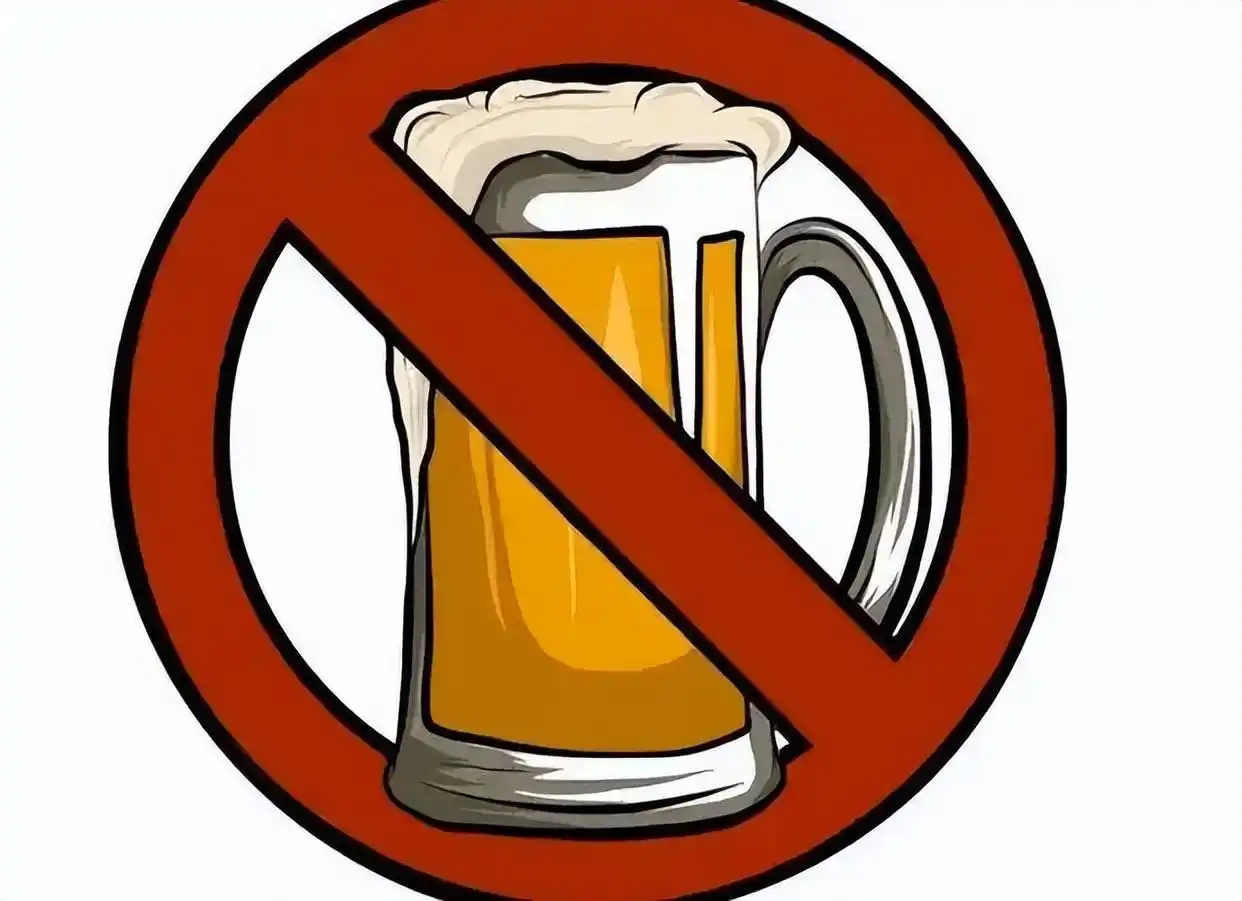
This understanding of cumulative risk should inform both personal choices and public health policies. From a personal perspective, it means viewing each drinking decision as part of a larger pattern rather than an isolated event. From a policy perspective, it underscores the importance of consistent messaging about long-term risks rather than focusing exclusively on immediate consequences like intoxication or addiction.
As research continues to evolve, the evidence becomes increasingly clear: when it comes to alcohol and cancer, there's no safe amount that doesn't contribute to cumulative risk. While individual risk factors vary, the fundamental principle remains—every drink adds to a lifetime burden of cancer risk. The longer the drinking continues, the heavier that burden becomes.
In a culture where alcohol is deeply embedded in social rituals and celebrations, this message may be difficult to hear. But understanding the cumulative nature of alcohol's cancer risks empowers individuals to make informed decisions about their consumption patterns over a lifetime. The evidence suggests that when it comes to preventing alcohol-related cancers, the best time to reduce drinking is always now—before another drink adds to the cumulative burden.
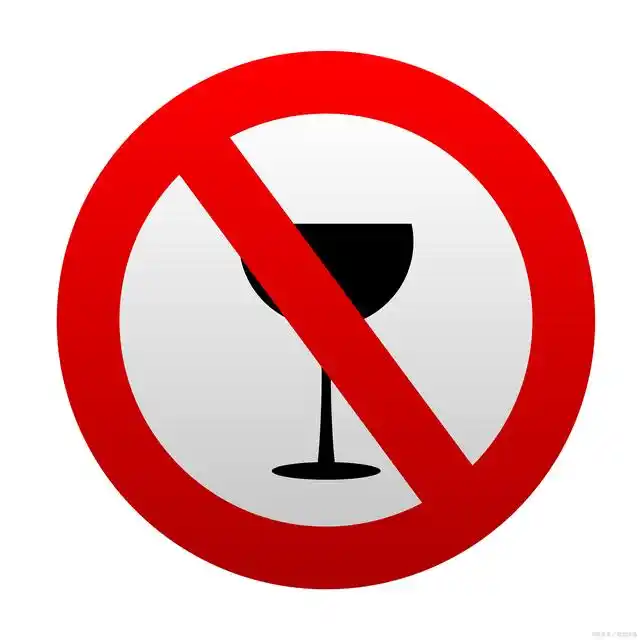
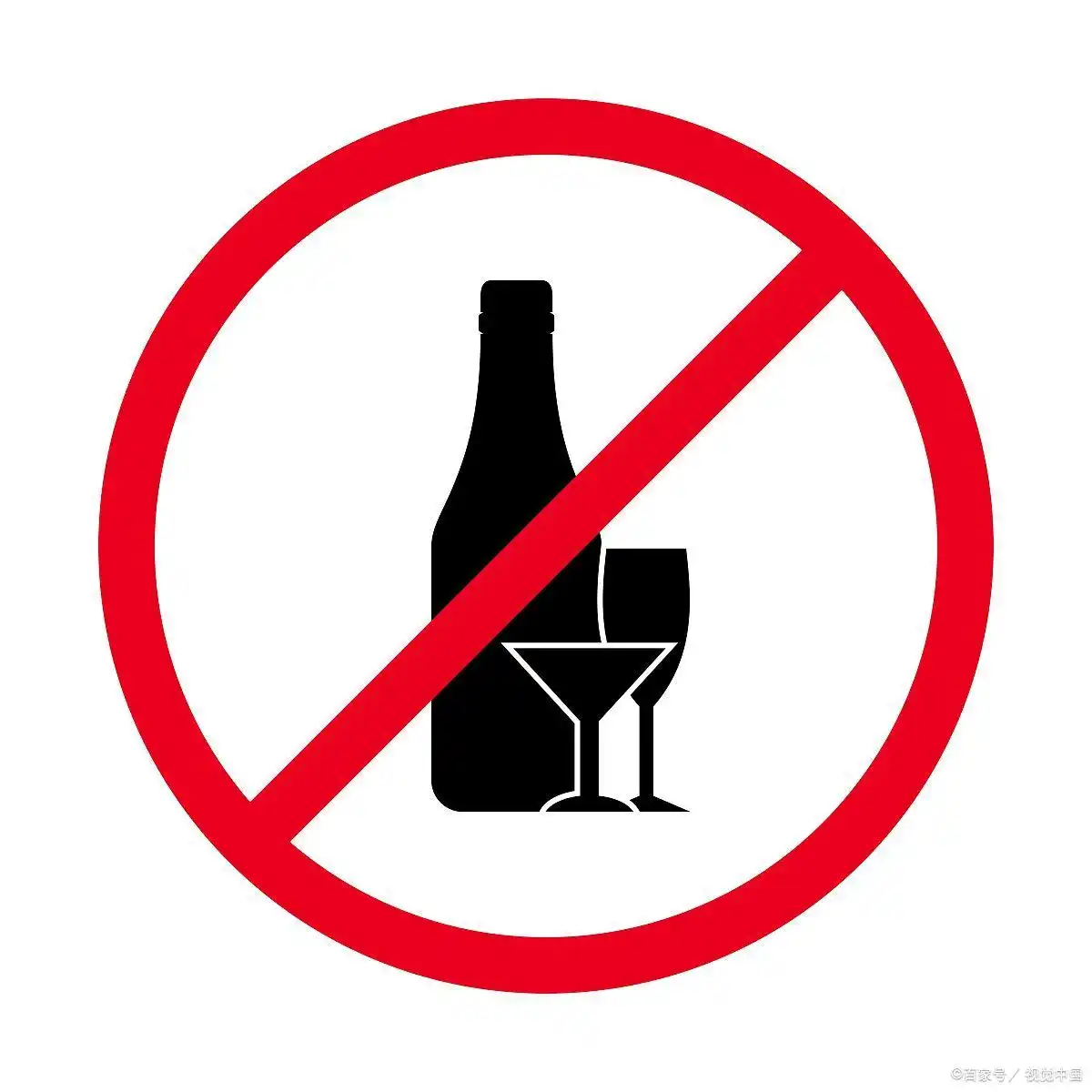
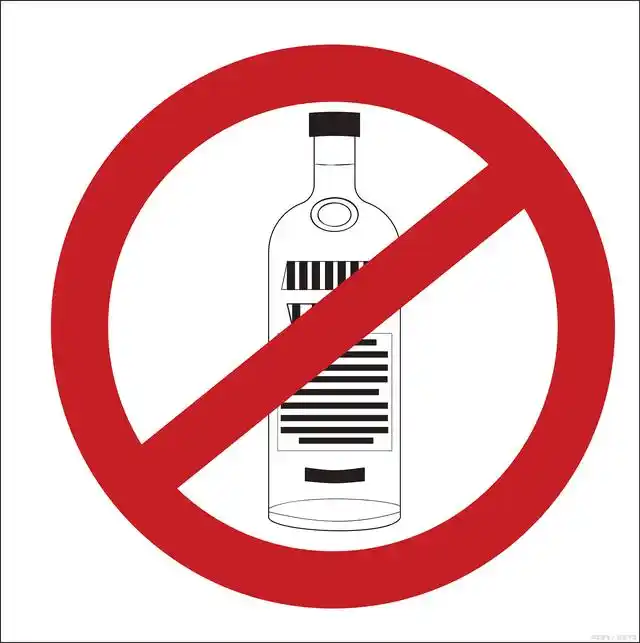
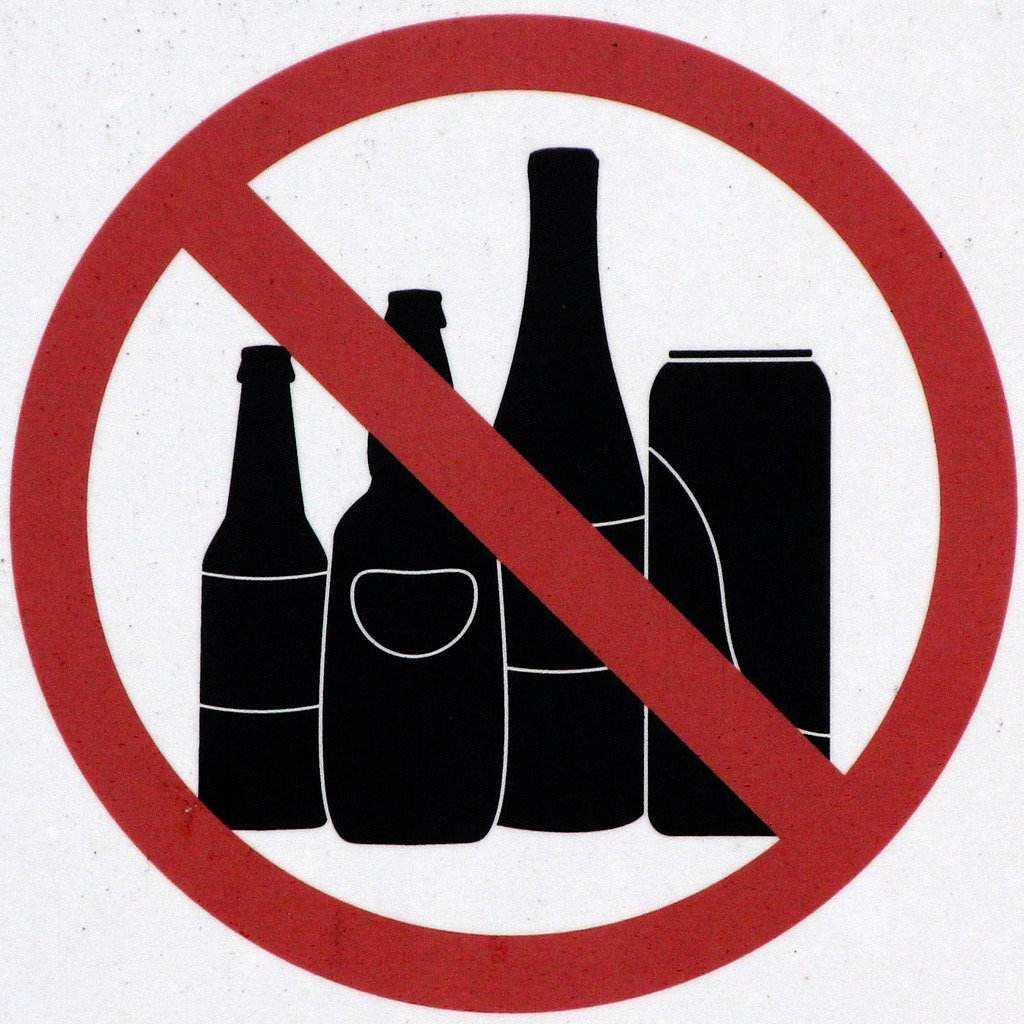
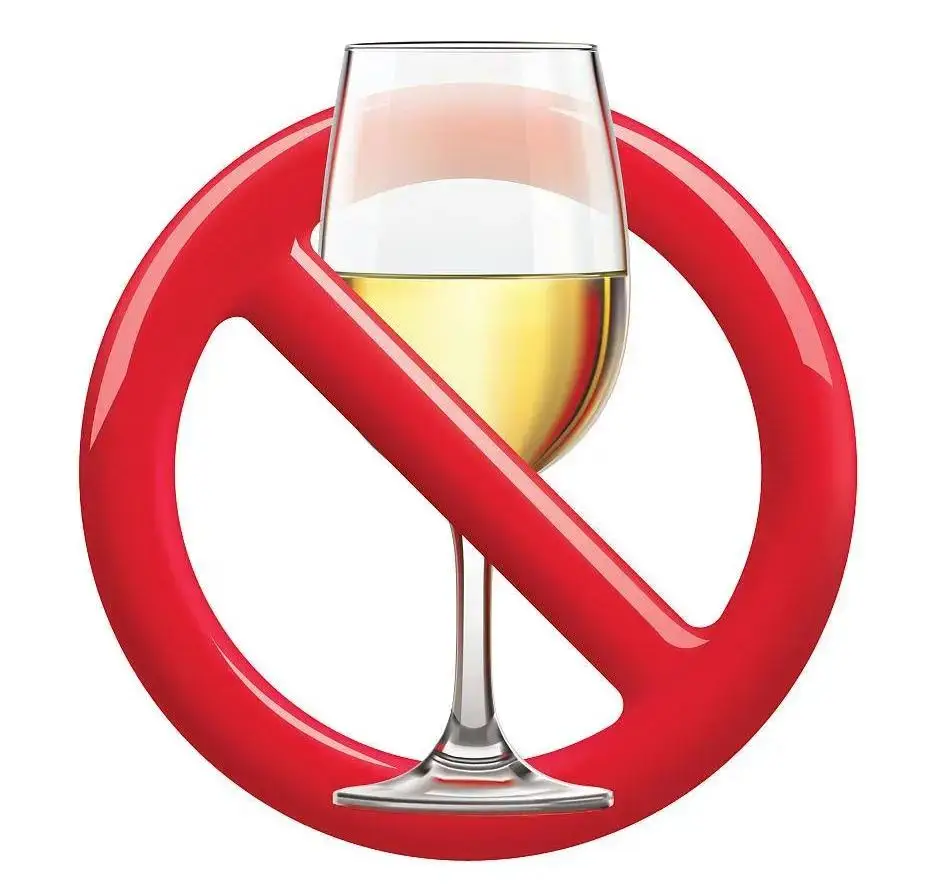
发表评论